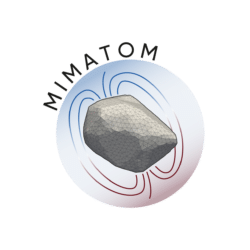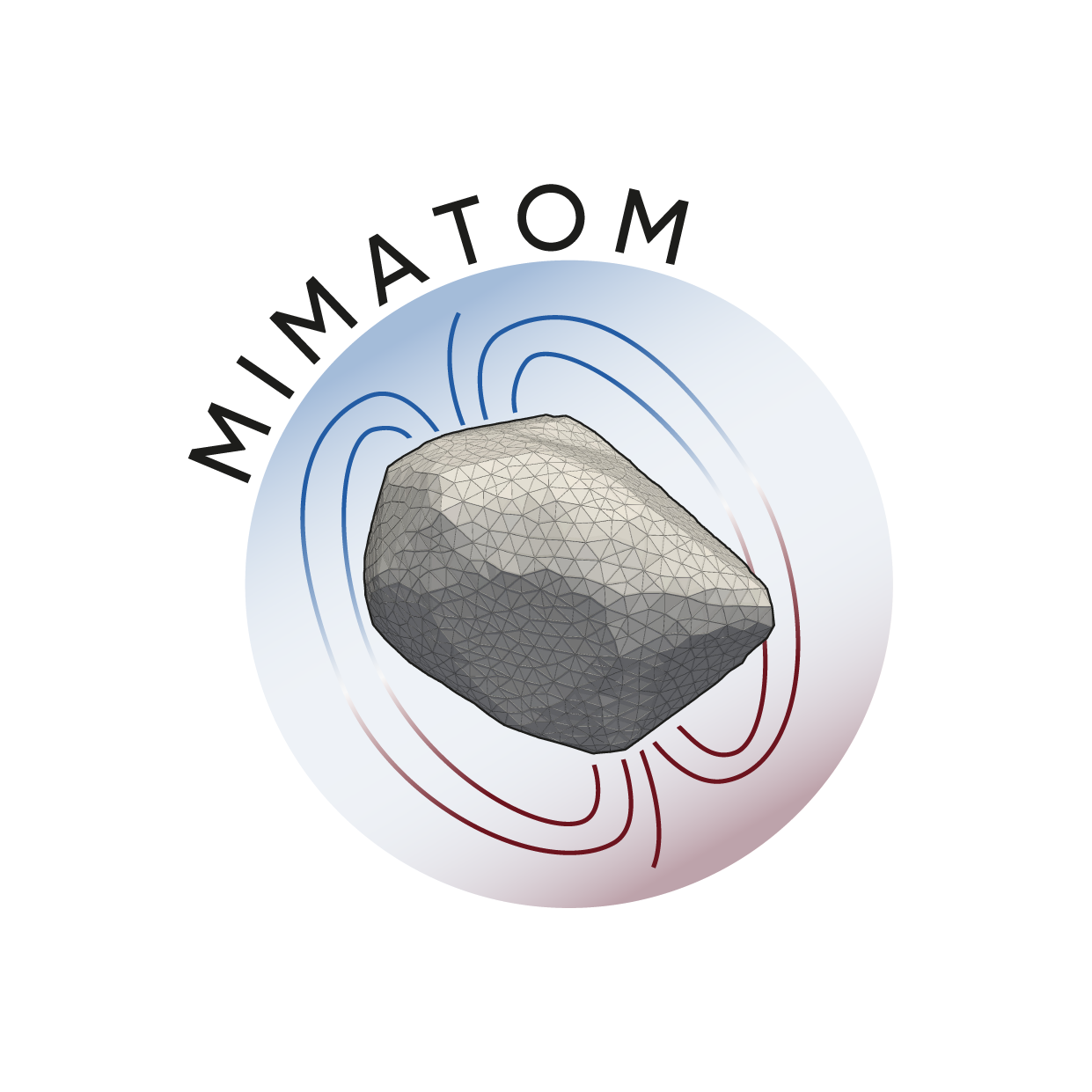A uniqueness theorem in potential theory with implications for tomography-assisted inversion
Karl Fabian, Lennart V. de Groot
Geophysical Journal International, 2019
doi: 10.1093/gji/ggy455
WhatsApp
Facebook
Twitter
LinkedIn
Email

Maybe also interesting for you
The Impact of Grain-Size Distributions of Iron-Oxides on Paleomagnetic Measurements
Frenk Out, Rosa A. de Boer, John Walmsley, Lennart V. de Groot
Geochemistry, Geophysics, Geosystems, 2024
April 26, 2024
Mapping magnetic signals of individual magnetite grains to their internal magnetic configurations using Micromagnetic Models
David Cortés-Ortuño, Karl Fabian, Lennart V. de Groot
Submitted to Journal of Geophysical Research: Solid Earth, pre-print on ESSOAR
May 15, 2022
Unravelling the magnetic signal of individual grains in a Hawaiian lava using Micromagnetic Tomography
Martha E. Kosters, Rosa A. de Boer, Frenk Out, David I. Cortés-Ortuño, Lennart V. de Groot
Submitted to Geochemistry, Geophysics, Geosystems, pre-print available on ESSOAR
April 12, 2022




